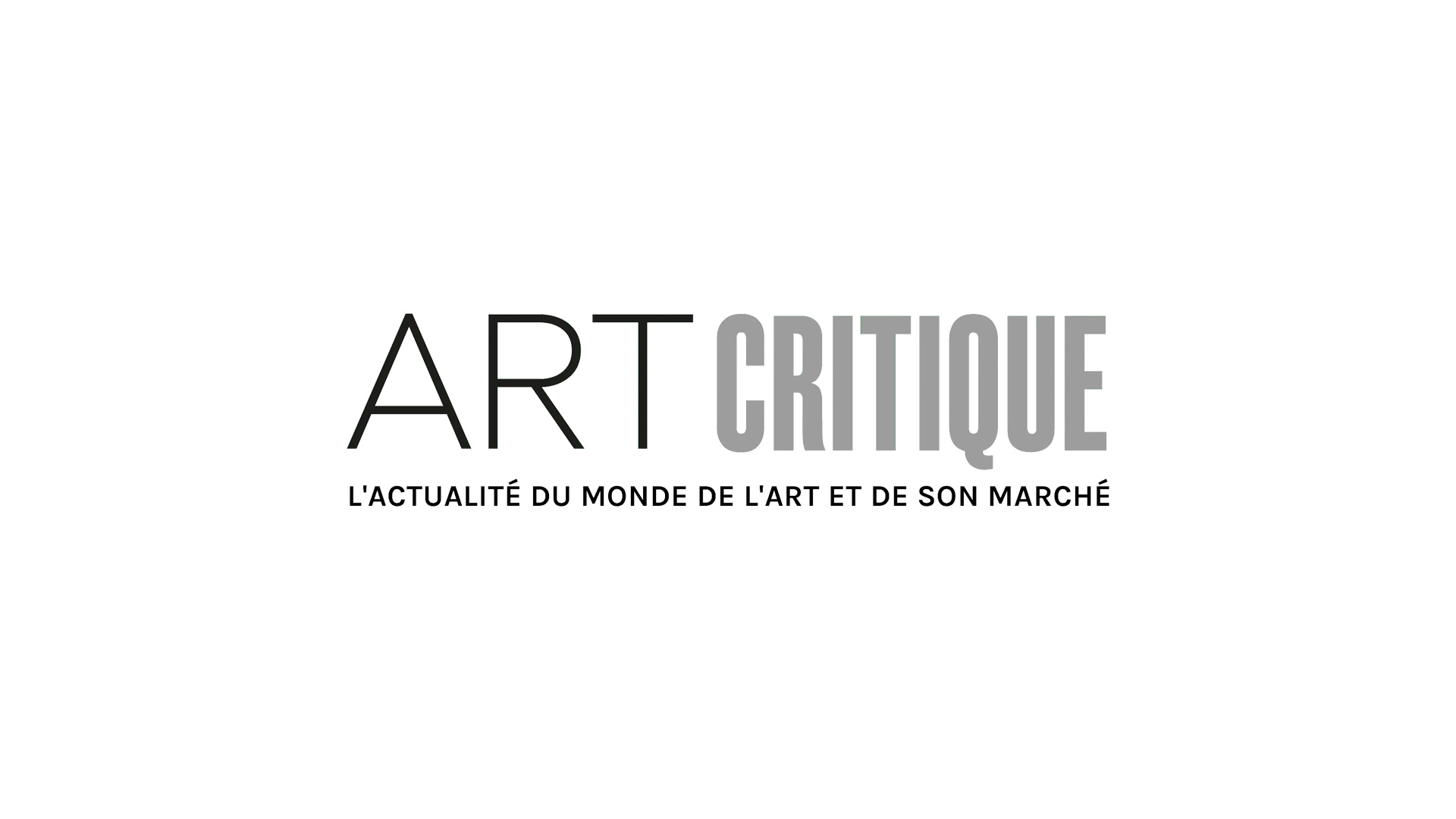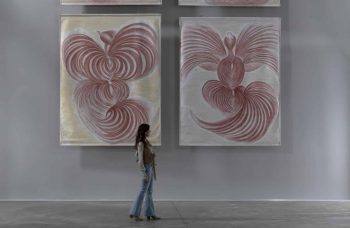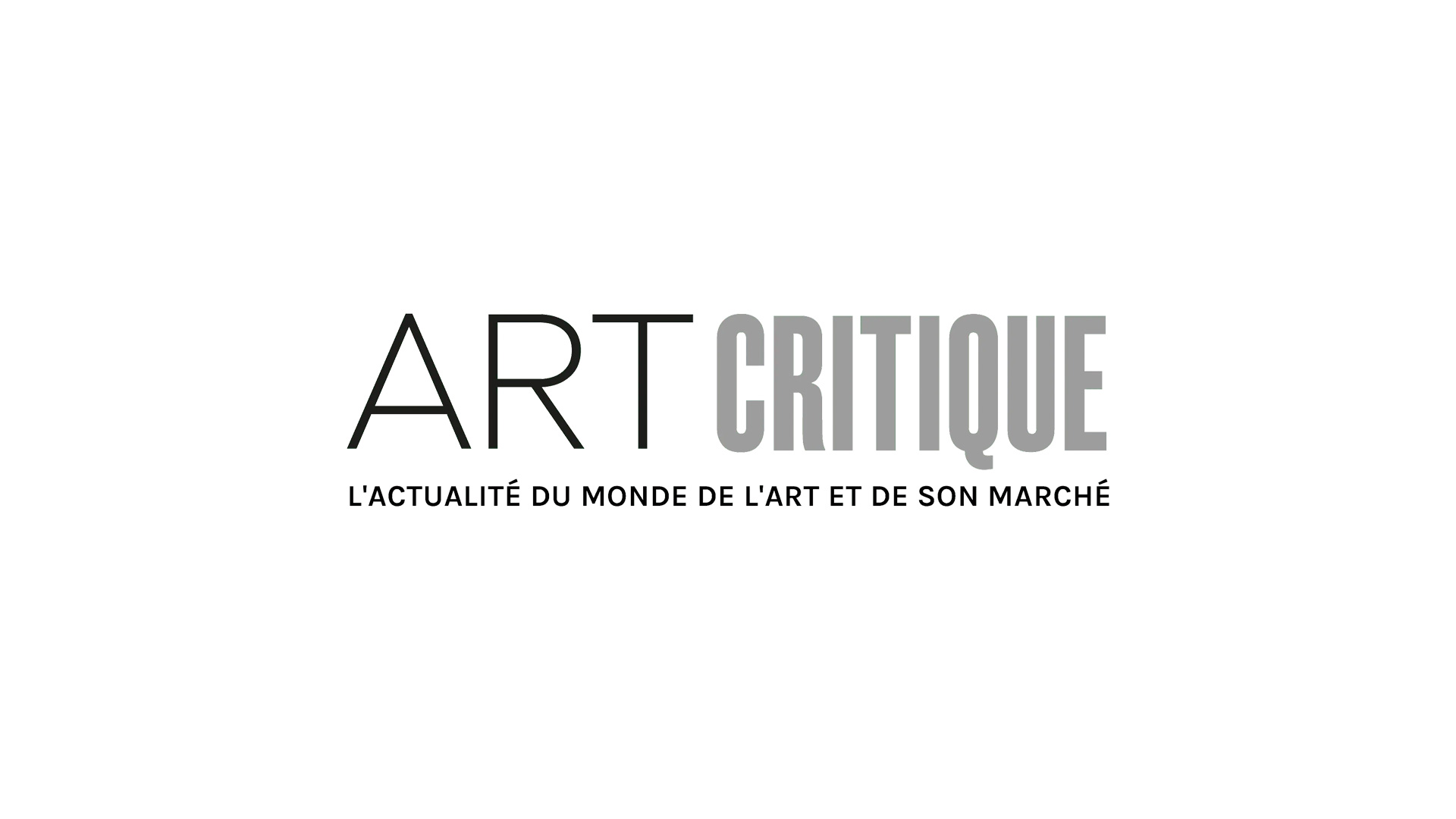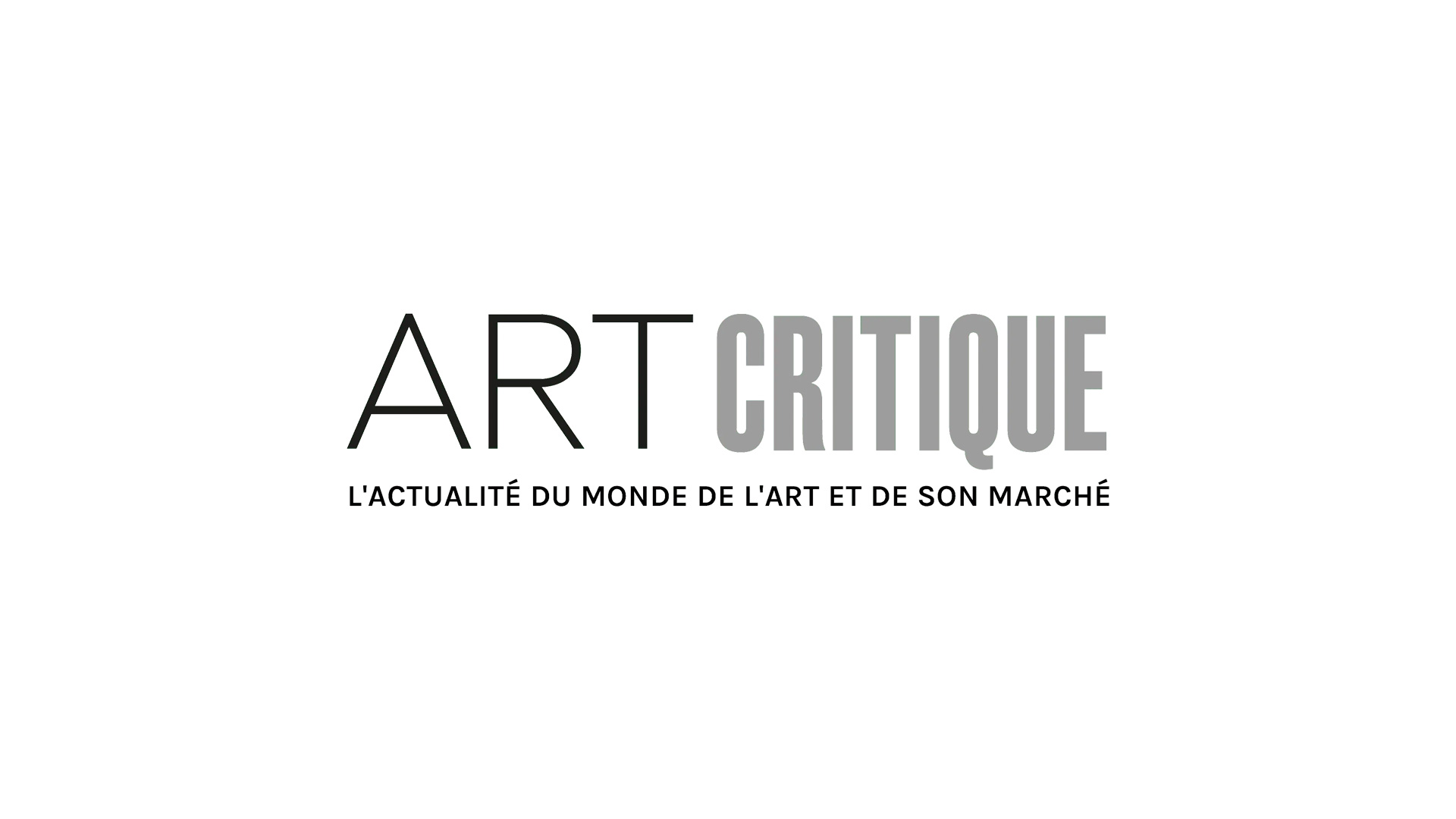This week’s Art World Roundup covers ongoing response to global protests, from Steve McQueen to Black Lives Matter artworks to a controversial ex-Whitney Museum trustee, and a couple of upcoming auctions at Sotheby’s and Christie’s that are making headlines for very different reasons.
Artist Steve McQueen dedicates Cannes Film Festival films to George Floyd
Steve McQueen, award-winning artist and filmmaker, is dedicating a series of films, commissioned by the BBC, called “Small Axe” to George Floyd, a Black man killed by police in Minneapolis on May 25th. “I dedicate these films to George Floyd and all the other black people that have been murdered, seen or unseen, because of who they are, in the U.S., U.K., and elsewhere,” McQueen said in a statement to BBC News. Two of the five full-length films, Mangrove and Lovers Rock, were selected to be part of the Cannes Film Festival, until it was called off due to the COVID-19 pandemic. Each of the films tell a different story set in London’s West Indian community between the 1960s and 1980s.
Company headed by controversial ex-Whitney trustee divests in tear gas
In July of 2019, Warren B. Kanders, CEO and chairman of Safariland, stepped down from the Whitney Museum’s board of trustees after protesters criticised his part in the supply of tear gas canisters to US border patrol through his company that were used against migrants along the US-Mexico border. Now, Safariland is divesting in tear gas. On June 9th, Safariland announced that the portion of the company that “provide[s] various crowd control solutions including chemical agents, munitions, and batons, to law enforcement and military agencies” would be sold. The announcement comes at a time when tear gas has been used against protesters in many US cities, although current events were not mentioned by Safariland in the announcement.

Stolen Banksy recovered in Italy
A Banksy honouring victims of terrorist attacks on Paris in 2015 that was stolen last year has been recovered according to Italian authorities. The artwork was painted on the door to the Parisian music venue where a gunman killed 90 people and injured more than 400 people who were attending a concert. The door turned up in an abandoned farmhouse in the Abruzzo region of Italy when police raided the building. The Banksy is not the first work by the artist to fall victim to theft, but it is one of the rare moments when a work is recovered.
Who’s next?
As protests broke out around the world after the killing of George Floyd, statues paying homage to colonial and Confederate pasts in various countries have been defaced and toppled. In Bristol, a statue of 17th century slave trader Edward Colston, which was erected for his philanthropy and labeled as “one of the most virtuous and wise sons,” was felled and rolled into the city’s harbour. In the US, Virginian officials vowed to remove a statue of Confederate General Robert E. Lee that stands at the center of the state’s capital as soon as it was safe to do so. Although, a Richmond circuit court judge announced plans to block the removal. In the meantime, another statue, this time memorialising Jefferson Davis, who was the president of the Confederacy, was toppled amid Richmond protests. Statues of other major players in colonialism, including Christopher Columbus and King Leopold II of Belgium, have also been defaced, decapitated, or torn down. Momentum gained by protesters around the globe has also resulted in petitions in various places, including the Bahamas, calling for the removal or statues memorialising oppressive persons and regimes. As statues fall, it raises questions of which statue will be next alongside those of what to do once monuments come down, a question that has long haunted many cities and even saw Banksy weigh in.
Rare Rembrandt to lead Sotheby’s July auction
For the first time since 1970, a rare self-portrait by Rembrandt will head to auction block. The small self-portrait, one of only two known by the artist, will be one of the leading lots for Sotheby’s first cross-category sale now set for July 28th. Painted in 1632, the work was either created as a sample for commissioned works or as a work to promote himself to the father of Saskia van Uylenburgh, who the artist would marry. While it has not often come to auction, the work has changed hands a number of times in previous decades, with the seller of the work, Dutch dealer Noortman Master Paintings, having acquired it in 2005. The self-portrait “is painted with the visceral energy and sureness of touch that we associate with the greatest artist of the Dutch Golden Age,” said Sotheby’s co-chairman of Old Master Paintings worldwide George Gordon. The Rembrandt is expected to bring in between £12 million and £16 million during the auction.

Art historian calls out Christie’s ahead of sale of African art
Christie’s is catching flack ahead of a sale of African artworks from art historian Chika Okeke-Agulu, Princeton University professor of indigenous, modern, and contemporary African and African Diaspora art history and theory. A pair of Igbo sculptures, known as alusi or “sacred sculptures,” are due to be part of a June 29th auction at Christie’s. The auction house labeled the works as having been “acquired in situ” by the late French collector Jacques Kerchache between 1968 and 1969. Okeke-Agulu raised the issue in an Instagram post calling into question the dubious circumstances around how the artworks have come to Christie’s. In his post, Okeke-Agulu states that the works were taken from Nri-Awka, an area of Nigeria near Okeke-Agulu’s hometown, during civil war. “[Christie’s] did its supposed due diligence by stating that Jacques Kerchache had acquired them in situ,” stated Okeke-Agulu in an interview with ARTnews. “As someone who survived the Nigerian-Biafran War as a baby, this is something that is so close to my heart. It was the most devastating war in post-colonial Africa at the time. A lot of my mates died because of the starvation used by the Nigerian government to bring the runaway republic to its knees.” Okeke-Agulu’s plea joins similar calls for the repatriation of works taken primarily from African and South and Central American countries during times of war and colonialism. In response to Okeke-Agulu’s concerns, Christie’s responded to Hypebeast saying “We do appreciate the catalogue terminology ‘in situ’ is confusing; it has a different connotation in the African art category.” The auction house will remove “in situ” from the catalogue but defended the sale saying “There is a legitimate market for these statues and this sale falls within our compliance and due diligence process. These objects are being sold as part of a transparent, legitimate and legally compliant public sale process.”
Memorialising Black Lives Matter
Washington, DC was the first city where a massive homage to the Black Lives Matter movement popped up. Block print letters written in bright yellow on 16th Street NW reads “Black Lives Matter” followed by a portion of the District’s flag. The painting was ordered by Muriel E. Bowser, mayor of DC, and executed by DC public works employees and artists, alike. The obviously political public artwork is hard to ignore, and while the DC chapter of BLM criticised Bowser’s action calling it “performative distraction,” the artwork has inspired other cities to follow suit. Cities in California, Texas, Oregon, and New York, among others, have taken the idea and run with it. While it may have started as more of a political move, many cities have adopted the idea and brought together a community of artists and locals to replicate the mural. Some murals are simplistic, as seen in Seattle’s white-lettered rendition of the Black Lives Matter mural, while others are vibrant reflections on local Black communities, as is the case of Charlotte, North Carolina where each letter of “Black Lives Matter” was created by a different artist. The large-scale murals are best seen from above are memorialise this moment in history as people around the world organise to make change.
We have LIVE team coverage this Thursday of #GeorgeFloydProtests in #seattle. @RanjiKIRO7 is LIVE on Capitol Hill where this huge #blacklivesmatter mural has been painted on E. Pine. @KIRO7Seattle pic.twitter.com/IzMHXuJqDJ
— Michelle Millman (@MichelleKIRO7) June 11, 2020





